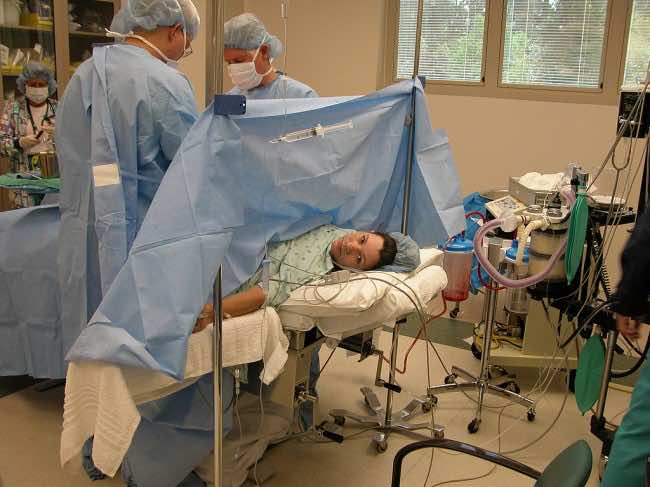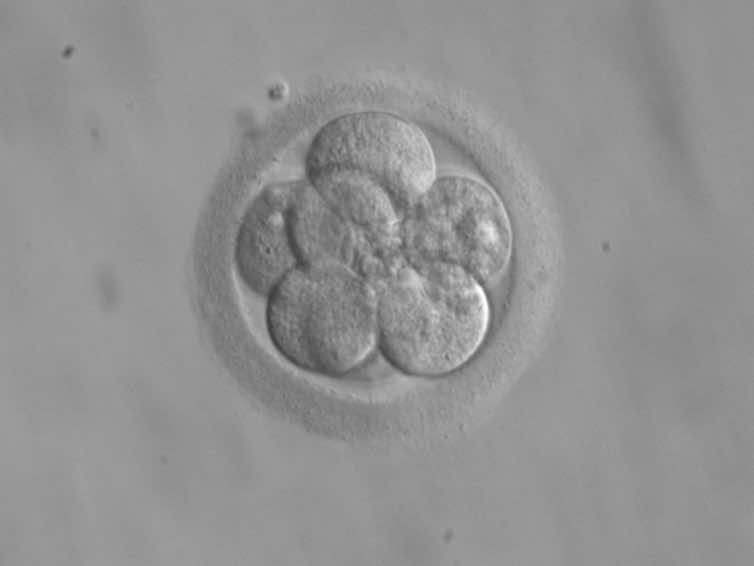It is hard to believe that more than forty years have passed since the birth of a first child through In Vitro Fertilization (IVF) process. While this groundbreaking procedure was once shunned by society, it is now quite commonplace in the world both with single parents and married people. The IVF led to other methods of conception including surrogacy that became quite popular as well. However, we haven’t seen the completely lab-grown genetically modified baby since there are a lot of problems associated with it. Also, a woman’s healthy age bracket for bearing a child is between 18-45 years old and after that, ovary doesn’t generate as many eggs as possible, so it becomes difficult for her. So, we might ask ourselves what lies in the future for childbirth and conception in more realistic terms and how long will it take to achieve them?

Freezing eggs for using them, later on, means that women can preserve their fertility by having a baby in the latter stages of their lives or whenever they want. When the concept was introduced, the success rate wasn’t that good but nowadays more than 80-90% of the eggs survive and each of them has a 97% chance of conception. So, if a woman freezes 40 eggs before she is 40, she can quite realistically give birth to a football squad on her own. But, that won’t be possible right now since there is no way to produce entirely lab-grown babies and remove the women’s bodies from the part of the picture. It might take a lot of time to achieve that even though major headways into the processes are being made. Babies born at 20 weeks of pregnancy have been saved, and as technology progresses, we will be able to save even more premature births. The goal is to get as close as possible to the elusive 1st week after which the whole process can be done in an artificial environment. Currently, scientists estimate that it will be at least a century before this process can be perfected.

There is also a much better alternative in which a woman freezes her ovarian tissue at a younger age and then reattach it back at a later stage. This new method is looking promising, but the success rate isn’t that high at the moment. But, many babies have been born with the help of it and just like previous methods, it will only get better with time. Another even more revolutionary way would be to create eggs from stem cells themselves. Sperms have been recreated from stem cells quite successfully, but just like women’s complex sexual organs, it is proving difficult in the case of eggs. All in all, there is a consensus that we will be able to achieve it within forty years or so. So, after 2056, women will have enough options to have a baby whenever they want and how they want it. But, the teething problems of these processes may continue.
The DNA alteration of the future child is also something straight from the science fiction, but it is currently being worked on. Genetic defects and diseases that are carried by parents to children can be cured with this process like Down’s Syndrome, sugar, etc. and these designer babies will carry on the next phase of human evolution though I am unsure how much the human involvement will affect it. Hopefully in the same time frame, we will be able to correct and rectify abnormal genes with the help of gene editing techniques like CRISPR. So, instead of having babies born with defects, we could have human babies with perfect healthy beginnings. Now gene editing as a lot of ethics concerns and rightly so, because of its potential for abuse. Social and political acceptance will have to appear before this technique can be used by the masses and frankly, they take a longer time to mature than the technology itself.
So what do you think is the future of human reproduction? Let us know in comments


